Filter by
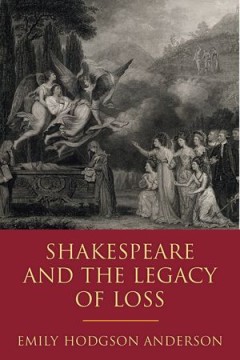
Shakespeare and the Legacy of Loss
How do we recapture, or hold on to, the live performances we most love, and the talented artists and performers we most revere? Shakespeare and the Legacy of Loss tells the story of how 18th-century actors, novelists, and artists, key among them David Garrick, struggled with these questions through their reenactments of Shakespearean plays. For these artists, the resurgence of Shakespeare, a pl…
- Edition
- -
- ISBN/ISSN
- 9780472130931
- Collation
- -
- Series Title
- -
- Call Number
- 792 EMI s
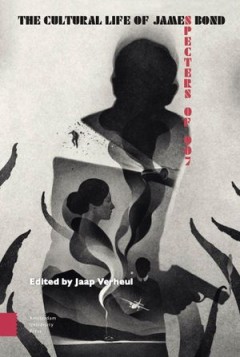
The Cultural Life of James Bond: Specters of 007
The release of No Time To Die in 2021 heralds the arrival of the twenty-fifth installment in the James Bond film series. Since the release of Dr. No in 1962, the cinematic James Bond has expedited the transformation of Ian Fleming's literary creation into an icon of western popular culture that has captivated audiences across the globe by transcending barriers of ideology, nation, empire, gende…
- Edition
- -
- ISBN/ISSN
- 9789048532117
- Collation
- -
- Series Title
- -
- Call Number
- 791.43 CUL c
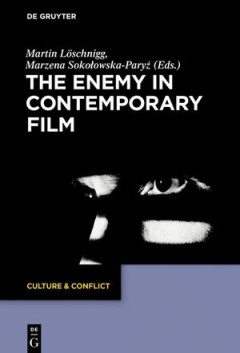
The Enemy in Contemporary Film
While filmic representations of ‘enemies’ are legion, film studies have so far neglected the way in which filmic mediations of enemy images have contributed to shaping cultural memories. The present volume investigates the (de)(re)constructions of enemy images in international film since the 1970s. The three parts deal with (re)configurations of the enemy in contemporary global cinemas, ana…
- Edition
- -
- ISBN/ISSN
- 9783110589924
- Collation
- -
- Series Title
- -
- Call Number
- 791.43 ENE e

Early Film Cultures in Taiwan, Hong Kong, and Republican China: Kaleidoscopic…
This collection explores the complex world of early cinema in China, Hong Kong, and Taiwan. The story of how cinema established itself in China has not been well-understood. Cultural models for cinema-going and industry practices varied widely across China. By looking at several centers of cinematic activity, going beyond commercial fiction film to include non-fiction films (such as educational…
- Edition
- -
- ISBN/ISSN
- 9780472073726
- Collation
- -
- Series Title
- -
- Call Number
- 791.43 YEH e
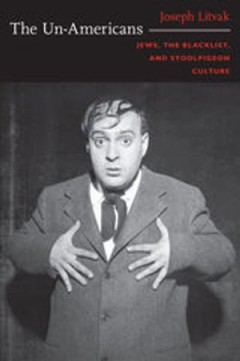
The Un-Americans: Jews, the Blacklist, and Stoolpigeon Culture
In a bold rethinking of the Hollywood blacklist and McCarthyite America, Joseph Litvak reveals a political regime that did not end with the 1950s or even with the Cold War: a regime of compulsory sycophancy, in which the good citizen is an informer, ready to denounce anyone who will not play the part of the earnest, patriotic American. While many scholars have noted the anti-Semitism underlying…
- Edition
- -
- ISBN/ISSN
- 9780822344674
- Collation
- -
- Series Title
- -
- Call Number
- 791.43 LIT u
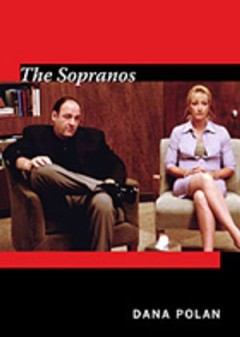
The Sopranos
“In its original run on HBO, The Sopranos mattered, and it matters still,” Dana Polan asserts early in this analysis of the hit show, in which he sets out to clarify the impact and importance of the series in both its cultural and media-industry contexts. A renowned film and TV scholar, Polan combines a close and extended reading of the show itself—and of select episodes and scenes—with…
- Edition
- -
- ISBN/ISSN
- 9780822343929
- Collation
- -
- Series Title
- -
- Call Number
- 791.45 POL s
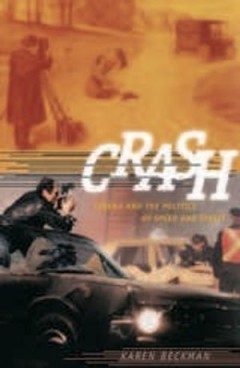
Crash: Cinema and the Politics of Speed and Stasis
Artists, writers, and filmmakers from Andy Warhol and J. G. Ballard to Alejandro González Iñárritu and Ousmane Sembène have repeatedly used representations of immobilized and crashed cars to wrestle with the conundrums of modernity. In Crash, Karen Beckman argues that representations of the crash parallel the encounter of film with other media, and that these collisions between media offer …
- Edition
- -
- ISBN/ISSN
- 9780822347088
- Collation
- -
- Series Title
- -
- Call Number
- 791.43 BEC c

Bring on the Books for Everybody: How Literary Culture Became Popular Culture
Bring on the Books for Everybody is an engaging assessment of the robust popular literary culture that has developed in the United States during the past two decades. Jim Collins describes how a once solitary and print-based experience has become an exuberantly social activity, enjoyed as much on the screen as on the page. Fueled by Oprah’s Book Club, Miramax film adaptations, superstore book…
- Edition
- -
- ISBN/ISSN
- 9780822345886
- Collation
- -
- Series Title
- -
- Call Number
- 791.43 COL b
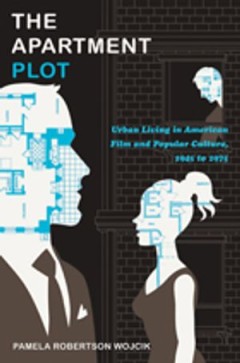
The Apartment Plot: Urban Living in American Film and Popular Culture, 1945 t…
Rethinking the significance of films including Pillow Talk, Rear Window, and The Seven Year Itch, Pamela Robertson Wojcik examines the popularity of the “apartment plot,” her term for stories in which the apartment functions as a central narrative device. From the baby boom years into the 1970s, the apartment plot was not only key to films; it also surfaced in TV shows, Broadway plays, lite…
- Edition
- -
- ISBN/ISSN
- 9780822347521
- Collation
- -
- Series Title
- -
- Call Number
- 791.43 WOJ a
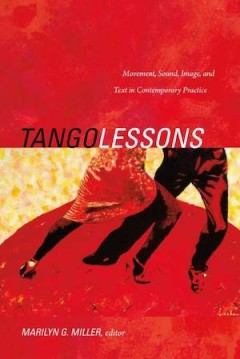
Tango Lessons: Movement, Sound, Image, and Text in Contemporary Practice
From its earliest manifestations on the street corners of nineteenth-century Buenos Aires to its ascendancy as a global cultural form, tango has continually exceeded the confines of the dance floor or the music hall. In Tango Lessons, scholars from Latin America and the United States explore tango's enduring vitality. The interdisciplinary group of contributors—including specialists in dance,…
- Edition
- -
- ISBN/ISSN
- 9781478091332
- Collation
- -
- Series Title
- -
- Call Number
- 792.8 TAN t
 Computer Science, Information & General Works
Computer Science, Information & General Works  Philosophy & Psychology
Philosophy & Psychology  Religion
Religion  Social Sciences
Social Sciences  Language
Language  Pure Science
Pure Science  Applied Sciences
Applied Sciences  Art & Recreation
Art & Recreation  Literature
Literature  History & Geography
History & Geography